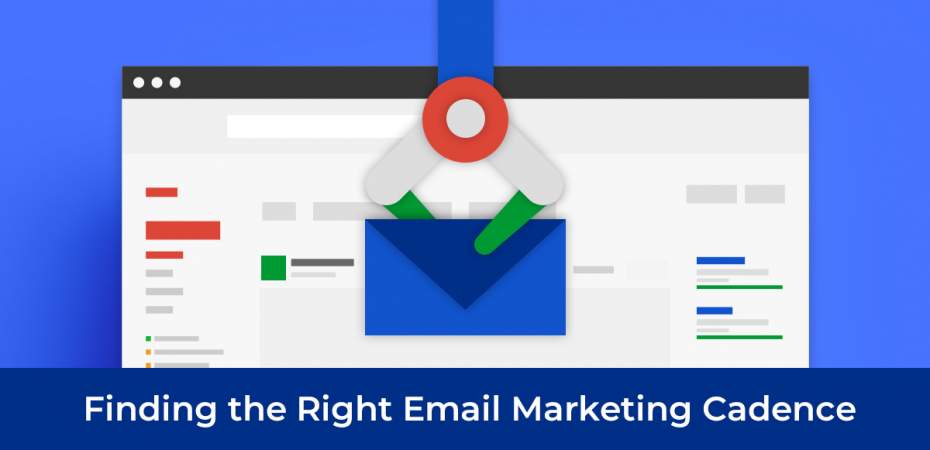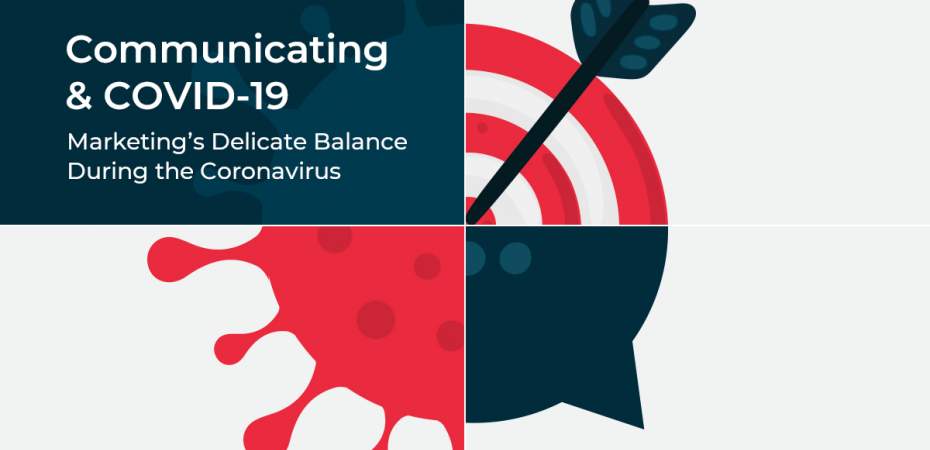August 20, 2020
| Article | by REQ Marketing | Content,
Design
How to Optimize Your Website Copy for a Better User Experience/Higher Conversions
The content on your ecommerce site reinforces your brand, affects the overall user experience (UX), and drives sales. Hand-in-hand with your site’s design, effective copywriting for ecommerce can lead to increased conversions. Poor UX writing, on the other hand, leads to frustration and shopping cart abandonment.
Good UX writing incorporates elements of good search engine optimization (SEO) writing, but ultimately it must serve your readers. Copywriting for ecommerce brings unique challenges because every word in a short, punchy product description must share the benefits of the product, show how the product can solve your customers’ problem, and drive the reader to that “buy” button.
Follow these steps to choose the words that sell when writing product descriptions and other microcopy for your ecommerce site:
Put Your Customer First
Any UX writing needs to begin with the question, “Who is the user?” By creating buyer personas that identify and describe your target audience, you can determine the problems they’re looking to solve. As a result, you’ll know which benefits to emphasize when writing product descriptions, blog posts, case studies, and more.
Have multiple audiences? Generate a buyer persona for each one, and then identify the similarities between them. Your UX writing can appeal to each demographic in your target audience, but you may wish to create targeted content for each group.
Use Words That Sell
To increase conversions when you’re copywriting for ecommerce, you want to use words that sell. That means using words that resonate with your readers’ emotions and make them click that CTA button.
According to many marketers, “you” is one of the most powerful words you can choose—it tells readers you are speaking directly to them. More importantly, it shows you care about them. It personalizes your content.
Other words that sell include “because,” which makes the link in the reader’s mind about “why” they should buy your products. Words that tie into what Google calls “your money, your life” (YMYL) themes are also powerful because they reference topics that resonate with people.
These emotional words can help readers feel more connected to your content:
- Health
- Save
- Money
- Cheap
- Win
- Love
- Children
Words that create a sense of urgency also lead to more conversions. Avoid clichés like “Limited time offer,” because people don’t believe it. But choose words like:
- Now
- Hurry
- Fast
- Discover
- New
- Today
Write With Passion
When you start incorporating words that sell, you may find your UX writing is automatically infused with more passion.
Also, choose words that appeal to all five senses and focus on painting a picture for your readers. When you show enthusiasm and excitement in your ecommerce product descriptions, your readers will too.
Keep It Short, Sweet, and Scannable
Whether you’re writing landing page copy or product descriptions, use short words, compelling headers, bold type, and bullet points to draw in readers. Guide your reader’s eyes through the buyer’s journey with the strategic use of different font sizes.
To create a positive UX for desktop and mobile, paragraphs should rarely exceed three sentences, and sentences should stay in the 10- to 30-word range, maximum. CTAs should also be as short as possible to convey your message quickly.
Be Consistent
If you refer to the reader in the second person (you), don’t switch to third person halfway through the page. If you name a specific product feature, use that name throughout your content to avoid confusion.
Test and Modify Your Microcopy
Copywriters for ecommerce sites can follow the rules of good UX writing, but you won’t really know what resonates with your audience until you test your content.
A/B variant testing enables you to change just one element of your site’s content or design—for instance, the words on the CTA button—and track results to see which version is more effective.
Embrace UX Writing to Ramp up Conversions
UX writing represents the latest trend in ecommerce marketing, but it’s really just a tried-and-tested method of writing in a way that moves your customers to action. Review the content on your website with an eye toward UX writing, consistency, and words that sell to see if you can increase conversions.

